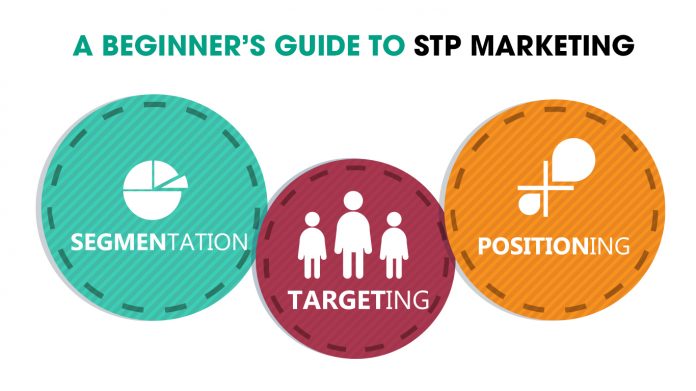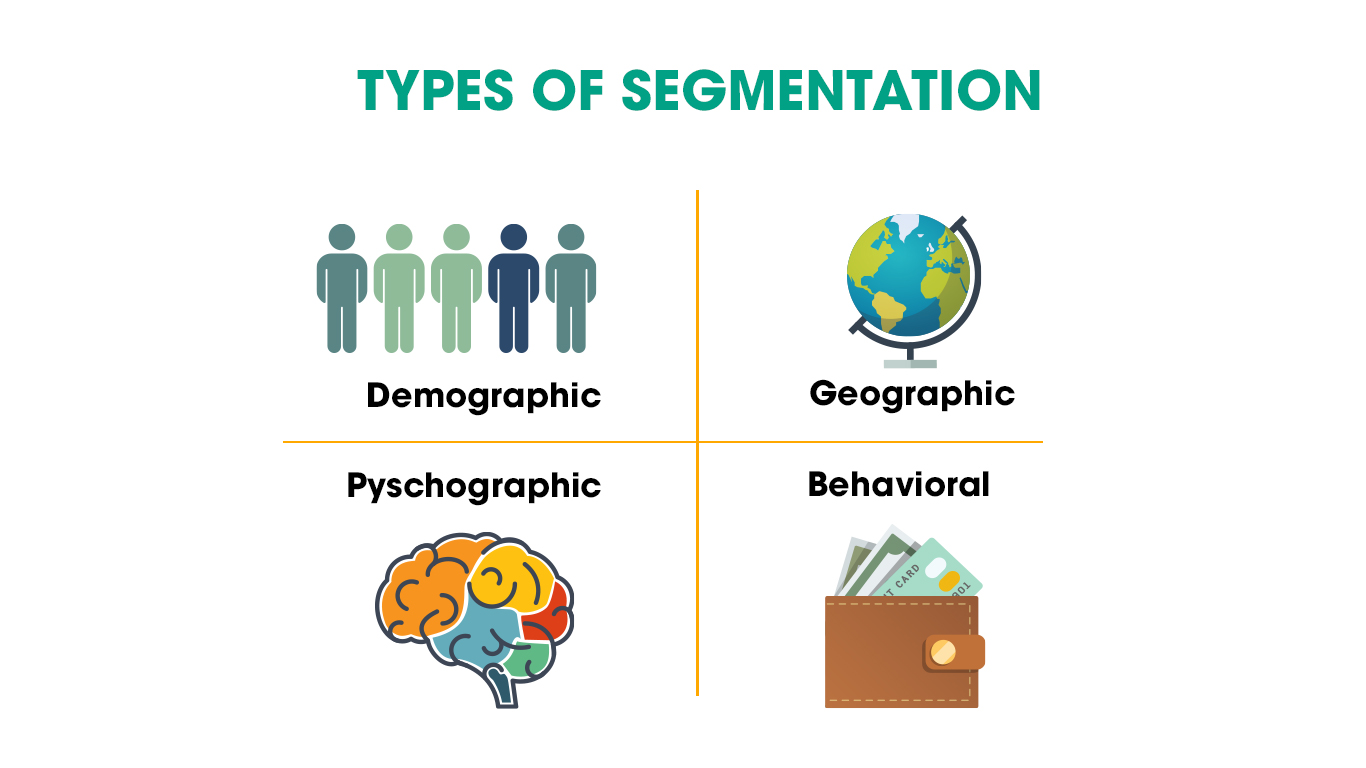STP marketing helps brands craft their messages and develop and deliver tailored messages that their segmented target audiences find relevant and engaging. It is one of the most commonly used marketing methods and is also efficient.
What Is STP Marketing
The process in which a brand discovers and targets its customers is known as STP marketing. The acronym, STP, stands for
For Example, Not everyone wants to buy a particular product, and brands must realize this rather than trying to sell to everyone. Instead, brands must focus on finding their target markets and sell their products accordingly. Finding these target audiences that are most likely to buy a brand’s products eases the sales process. The process in which a brand discovers and targets its customers is known as STP marketing.
Three Vital Steps of STP Marketing
-
Segmentation
The process of dividing a market into subsets of customers, based on shared characteristics is known as segmentation. To simplify, segmenting a market in essence, is the division of prospects into different groups based on standard features. Segmentation facilitates easier targeting with custom advertisement campaigns. While this approach may take longer, it is more effective.
Market segmentation can be classified into the following four categories.
a. Demographic Segmentation
This is the segmentation of a market based on personal attributes such as age, gender, ethnicity, education, etc.
b. Geographic Segmentation
This segmentation of a market is based on country, region, state, or city.
c. Psychographic Segmentation
This segmentation is based upon an individual’s personality, values, lifestyle, or beliefs.
d. Behavioral Segmentation
This is the process of segmentation that is based on the target individual’s purchasing behavior.
-
Targeting
Upon successfully segmenting the target audience into different groups, brands must target the segments that are most attractive to them with customized ad campaigns. To select the best segment to target, brands must evaluate the commercial potential of every segment. The evaluation comprises a consideration of the following factors.
a. Profitability
Brands must ensure that the segment they choose to target is profitable. The anticipated profit must exceed the costs incurred during the STP marketing campaign.
b. Size and Growth Potential
The market, first and foremost, must be big enough to justify the segmentation. Segmenting already small markets will only adversely affect business. Secondly, marketers must think about whether the segment has the potential for sustained growth.
c. Accessibility
Communication of the marketing message with the target market segment must be possible. Marketers must also think about any social, technological, or legal barriers that might prevent access to the segmented target market.
-
Positioning
How a brand presents itself or its products to different segments of its target market is known as positioning. Effective positioning is aimed at providing the target segment with something more valuable than the offerings of a brand’s competitors. Marketers keep the following points in mind to position their brand in such a way that they target the most attractive market segments and rope in the most substantial profits.
a. Problem Solving Offer Innovation
Marketers must create an offer that solves the problem of the target market segment. This is possible by examining the needs of each of the target market segments. Once the problem is identified, the target segment should be shown how a brand’s product solves the problem.
b. Brand’s USP Identification
To understand what a brand’s unique selling proposition (USP) is, marketers need to find out why customers buy a particular product from them and not their competitors. This is possible by interacting via social media.
c. Segment-Specific Marketing Campaign
Marketers must develop a segment-specific marketing campaign that presents a brand’s solution to the target segment in a manner that they appreciate. Make the offer compelling enough for them to accept it.
How Audiences Are Segmented
The most common and effective method of segmenting audiences is by making use of lead generation tools. So, which lead generator works best? Some lead generator tools allow marketers to collect emails and other essential information about a brand’s customers. In contrast, better tools enable the collection of more data and divide customers based on their demographic, geographic, psychographic, and other information.
Advantages of STP Marketing
STP marketing comes with the following benefits.
- Allows brands to increase sales by defining a particular target market
- Enables brands to position products directly at precise target markets
- Helps in the identification of gaps in the market
- Avoids unnecessary expenditure by not advertising to the whole market
- Enables small-sized businesses to find success in niche markets
- Helps marketers spot and compare marketing opportunities
- Improved allocation of marketing budgets
- Allows identification of profitable segments
- Provides development of appropriate service packages for each market segment
Disadvantages of STP Marketing
Despite its several benefits, STP marketing has its own set of shortcomings as well. Listed below are a few limitations to STP marketing.
- Costs increase if brands produce multiple versions of a product/ service
- Each market segment requires the creation of different marketing campaigns
- A change in market segment characteristics leads to investments becoming useless
Conclusion
STP marketing is crucial for growing business. With STP marketing, brands are put to the test and learn whether they are capable of upscaling their business or not. It requires research and creative thinking about target markets and marketing approaches. STP marketing can result in better process effectiveness and product positioning that can be leveraged to win over the marketplace.









